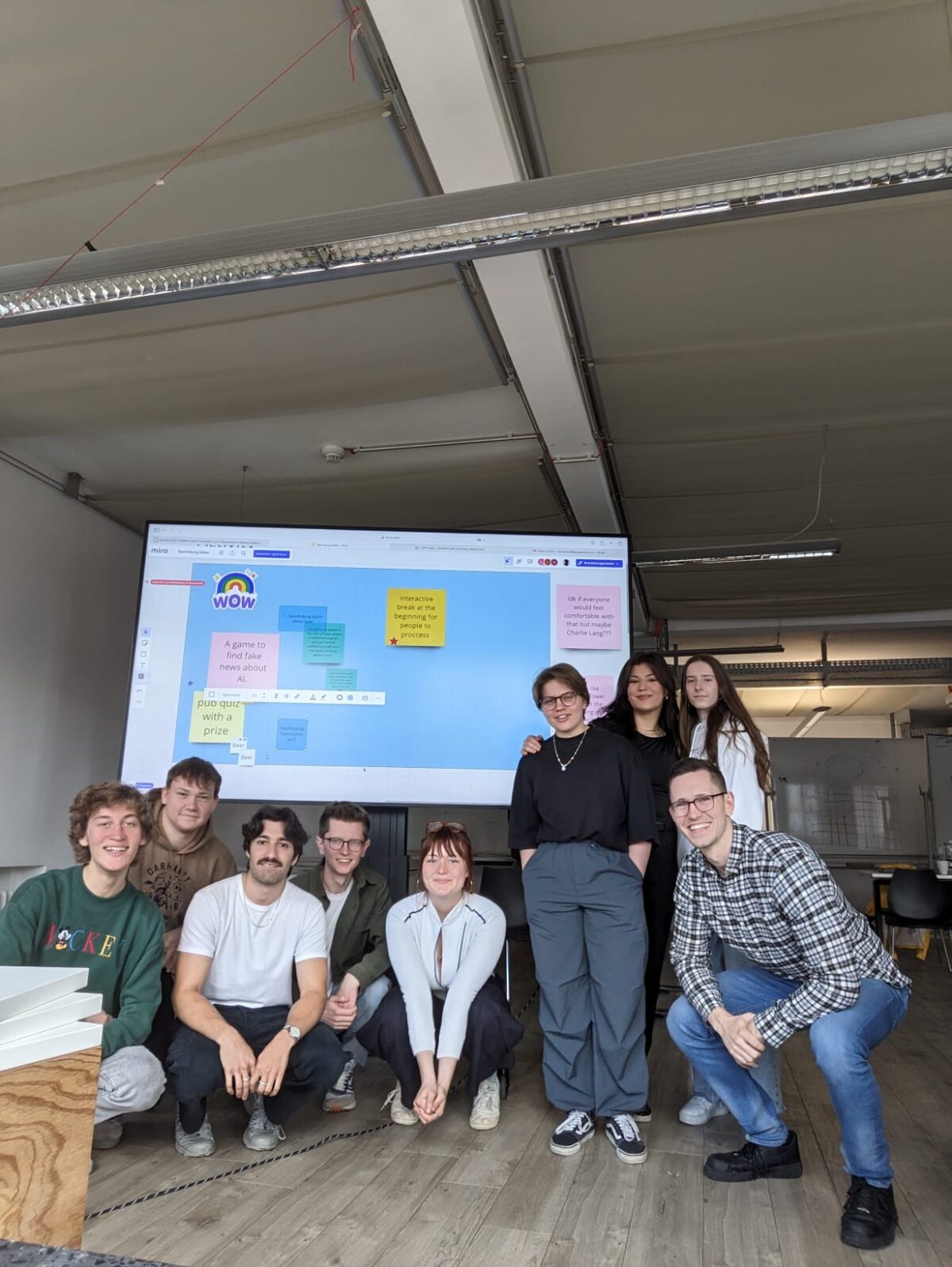Rabbi Hillel said: ‘If I am not for myself, who will be for me? If I am only for myself, what am I? And if not now, when?’ And Rabbi Nachman said: ‘The whole world is a narrow bridge, and the main thing is not to be afraid at all.’
A text adventure game that you have a chance to discover now was created while learning object-oriented programming in Java. Besides getting accustomed with the new technology, I was contemplating on where sense of duty conflicts with human’s morality. When each of us meets the point when the rules can no longer be followed.
Back then, navigating big life decisions felt hard for me. I explain the background of the game idea in diaries below. You could read the unchanged version or skip ahed to get to the core.
Adult life is characterized by duality and double thinking: we hold onto our beliefs, yet occasionally compromise with morality. Perhaps one day, you may not assist a person on the street, but upon reflecting on that situation, the next time you encounter someone in need, you correct yourself by offering a helping hand. But there is always that crux of life, a moment where you have to make a big decision and bear the burden of the following responsibility for the rest of your life. Whether you’re a political activist, artist, guardian of order, or prosecutor, there will be no other sudden war, no other sudden order to cripple one’s life, no other opportunity to speak up. And at that moment of making a decision, you are alone with your conscience and fears.
The occurrences of the last several years showed a lot: how easily facts are manipulated, how over time the fewer tearful faces are encountered in the underground (because we get used to being indifferent), how fragile people’s relationships could be when controversial topics break them down. But also how integrated life is if your thinking is clear and sharp. If, instead of succumbing to the thoughts like “I’m not into politics, this does not concern me, nothing depends on me, competent authorities will sort it out, what could I do on my own,” you actually prefer the strong ones: “2+2=4. Black is black. White is white. I am a man, I am strong and brave. I am a strong and brave woman. We are strong and brave people”, i wish you to be enough to confirm your pompous words with actions.
What lessons do we learn?
Throughout the history, there were and are people who chose to build their life around the absolute values of truth, kindness, beauty, bravery, love and friendship – things that are not defined by any ideology or belonging to a particular community. During the times of the Soviet Union Great Purge, there were people who acted humanely despite being placed under enormous moral pressure; there are people now who sacrifice with their cultural environment, stability, work, horizontal contacts and the depth of connection with people for the sake of being true to themselves. As dangerous as it may be, if you choose to live within your moral compass, you shine brightly.
What is the game about?
You are playing as a prosecutor who conducts a ransacking a house of a free spirited writer in the times of great purge and censorship. Upon discovering the artifacts proving the duty of the writer, the player has to decide whether they are feeble enough to take a person behind the bars. As persecutor, you receive instructions from a person above you. But the last decision remains yours.
Setting and historical inspiration
The game gives a sneak peek into the life of Russian intellectual crises in the 1930s-50s and is based on historical facts (there was one change regarding the afterdeath note: it existed but was not addressed to A.A. by M.T). The description of the location is taken from the museum of Anna Akhmatova in St. Petersburg, and the artifacts are real, mirroring the time. I tried to reflect the atmosphere of that time and those particular people in the description of the rooms and artifacts. If playing thoroughly, the game should provoke the question of whether you are the main character of your life.
Commands
In the game, you should follow the instructions written in italics. The sequence of the actions during the ransacking repeats: you enter the room, examine it, have a closer look at an object, and make your decision, after which the process repeats until you get to the last location. For navigation, you use the following commands:
[t] or [take] + full name of the object - if you decide to use that object against the wrongdoer
[l] or [leave] + full name of the object - if you decide that the evidence is not enough to arrest the wrongdoer
[d] or [drop] + full name of the object - if you have taken an object but changed your mind and now want to get rid of it from your inventory
[i] or [inventory] - show all the items you have taken
[help] - show the helping window with the commands
[n] - go to the north
[s] - go to the south
[w] - go to the west
[e] - go to the east
[enter] - used once to enter the building in the beginning of the game
[examine] - used every time after entering a room to get the info about the location and the possible evidence
Tech core:
Object–Oriented Programming with Java, Maven, Jansy dependency
backend server is being written at the moment. The game will be available to play soon


